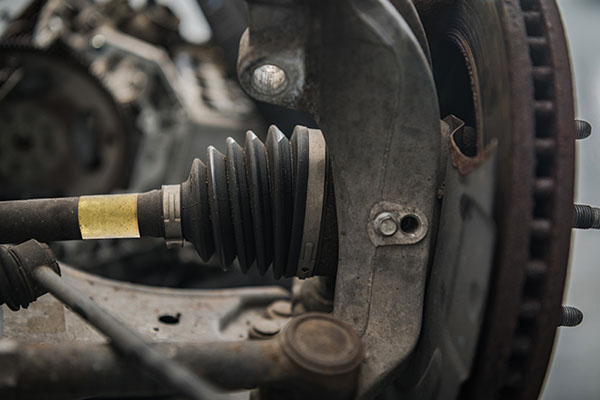
Your car's axle is a crucial component that ensures smooth and safe driving. However, like any part of your vehicle, it can encounter problems over time. Being aware of the signs of axle issues can help you address them before they escalate into major problems.
Fundamentals Of An Axle
The car axle is a shaft that connects the wheels on opposite sides of the vehicle. Its primary function is to transfer power from the engine to the wheels, enabling the vehicle to move forward or backward. Additionally, the axle supports the vehicle's weight and helps maintain stability and control while driving.
1. Vibrations While Driving
One of the most noticeable signs of axle problems is vibrations while driving. If you feel unusual vibrations, especially at higher speeds or during turns, it could indicate issues with the axle. These vibrations may stem from worn-out axle components or misalignment, causing instability and discomfort while driving.
2. Clicking or Clunking Noises
Another telltale sign of axle issues is clicking or clunking noises, particularly when turning or accelerating. These noises typically indicate worn-out or damaged axle joints, such as CV joints or universal joints. Ignoring these sounds can lead to further damage and potential axle failure, so it's essential to address them promptly.
3. Uneven Tire Wear
Pay attention to your tires for signs of uneven wear patterns, as this could indicate axle problems. Uneven tire wear, such as bald spots or excessive wear on one side of the tire, may result from axle misalignment or damaged axle components. Regularly inspecting your tires can help you detect axle issues early and prevent further damage.
4. Grease on the Wheels or Undercarriage
If you notice grease or oil residue on your wheels or undercarriage, it could be a sign of leaking axle seals or damaged axle boots. Axle seals and boots are designed to contain lubricating grease within the axle assembly, preventing debris and contaminants from entering. A leaky seal or torn boot can lead to loss of lubrication and premature wear of axle components.
5. Steering Wheel Misalignment
Issues with the axle can also manifest as steering wheel misalignment or pulling to one side while driving. A bent or damaged axle shaft can affect the alignment of the wheels, causing the vehicle to veer off course or require constant steering correction. If you notice your car pulling to one side or the steering wheel off-center, it's worth having your axle inspected.
6. Difficulty Turning or Maneuvering
If you find it difficult to turn or maneuver your vehicle, especially at low speeds or while parking, it could be an indication of problems with the axle. When stiffness or resistance is felt while steering, along with unusual noises or vibrations, it may signal issues with axle joints or components. It is important to address these issues promptly to prevent further damage and ensure safe handling of your vehicle.
7. Axle Shaft Damage or Visible Wear
Finally, inspect the axle shafts for damage or visible wear. Look for cracks, bends, or corrosion on the axle shafts, as these can compromise their structural integrity and lead to axle failure. Additionally, check for loose or missing axle nuts or bolts, as improper fastening can contribute to axle issues.
For expert axle services, contact D&E Auto Repair! We will get you in and out of the shop ASAP.